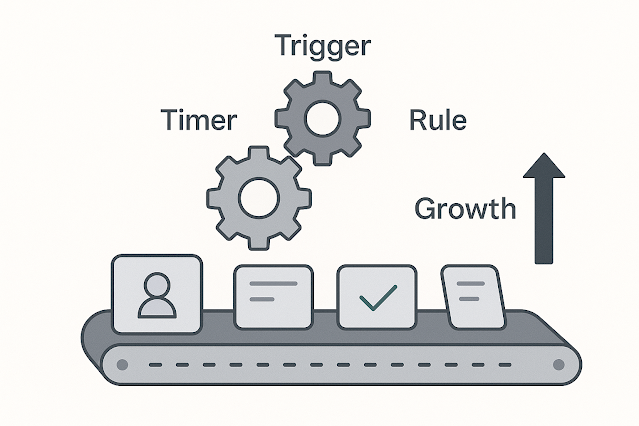Help Desk Customization Done Right: Transparent Feature Sets in Revelation
When your support team opens their help desk interface, do they see exactly what they need—or a cluttered dashboard full of unused options? Many ticketing systems pack in features, but more isn’t always better. Too many tools on screen can slow teams down and frustrate new users.
Revelation helpdesk offers a better way—with transparent feature sets that make customization easy and intuitive. This approach strips out the noise and ensures every user only sees what’s relevant to them.
What Are Transparent Feature Sets?

No, it has nothing to do with screen opacity—though the
vanishing act it performs is pretty spot on. Revelation’s transparent feature
sets give administrators full control over what’s visible in the system. If a
feature isn’t active, it’s hidden from view.
That means your interface stays clean and purposeful. Start
with just ticketing, action notes, and email alerts. Then gradually enable features like custom
fields, asset management, or internal messaging—only when your team needs them.
Everything you activate is visible. Everything you don’t,
disappears. It’s that simple.
Why Transparent Feature Sets Matter
Custom-Fit Workflows

Every team works differently. With transparent feature sets,
admins can tailor the interface by role, department, or process. Support teams
can prioritize quick ticketing tools, while IT operations may enable reporting
dashboards, asset tracking, or escalation rules.
Want to hide the chat feature? Add conditional fields? It’s
all within reach—no clutter, no fuss.
Less Clutter, Faster Onboarding
A simplified interface helps teams focus. When new users
aren’t distracted by irrelevant options or overwhelmed by configuration menus,
they get up to speed faster—and make fewer mistakes. No more clicking the wrong
button and wishing it wasn’t there to begin with.
Flexible and Reversible
Need to test a new feature for one team? Enable it. Doesn’t
fit? Disable it. Revelation makes interface changes safe and reversible, with
no re-training or disruption required. Adjustments appear immediately—no
downtime or UI confusion.
Controlled by Admins, Customized for Users
.png)
Transparent feature sets are fully controlled at the admin
level. Whether you're setting visibility by team, permission level, or
individual user, Revelation makes it easy to fine-tune the experience without
external plugins or complex workarounds.
Integration-Aware
Whether you're connected to Microsoft Teams, syncing with an
asset management system, or pulling reports into your CRM, transparent feature
settings extend across integrations. Only active features are engaged with
connected tools, keeping your environment clean and consistent across
platforms.
Efficiency That Scales
Revelation helps teams grow without growing pains. As your
processes become more advanced, you can layer in features—like time tracking,
multi-department routing, or audit trails—without starting over. Your setup
evolves as your business does.
What Can You Show or Hide with Transparent Feature Sets?

Whether you're streamlining first-level responses or
managing IT infrastructure, Revelation gives you the power to control what each
user sees—feature by feature:
✅ Action Note Templates – Pre-configured note templates save time and standardize responses.
✅ Quick Notes – Insert canned responses instantly to keep updates fast and accurate.
✅ Asset Management – Track and manage hardware or software assets inside tickets.
✅ SLA Timers – Monitor timelines with service level tracking to stay responsive.
✅ Automated Triggers – Reduce manual tasks by automating repetitive workflows.
These features—and more—can be toggled on or off at any time, giving teams a personalized interface that evolves with their workflow.
Real-World Scenario: A Tailored Rollout
Let’s say a customer service team starts with just the
essentials: ticket logging, action notes, and quick notes. As they scale, they
add asset management and SLA tracking. The interface remains intuitive—only the
active features appear. The team stays focused, even as capabilities expand.
Admins can even test a new feature (like internal chat or a
custom workflow) on one group before rolling it out more broadly.
Final Thoughts: Designed to Empower
Transparent feature sets aren’t just a clever UI
trick—they’re a smarter way to work. They keep the interface lean, the
onboarding simple, and the user experience laser-focused.
With Revelation helpdesk, you don’t just manage tickets—you
shape the system around how your teams actually work. Because when users see
only what matters, they do what matters faster.
Curious how Revelation helpdesk can work for your team?
Explore
it today and experience customization that grows with you.



Comments
Post a Comment